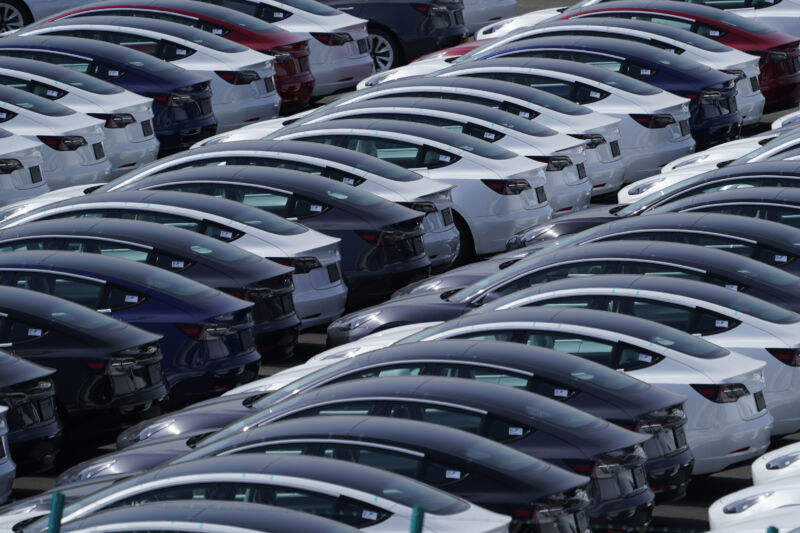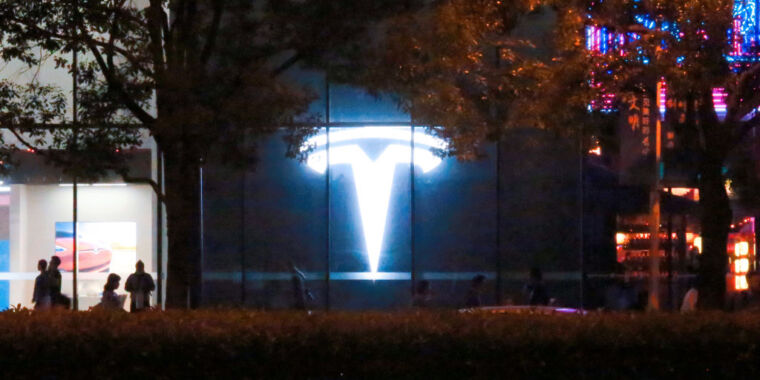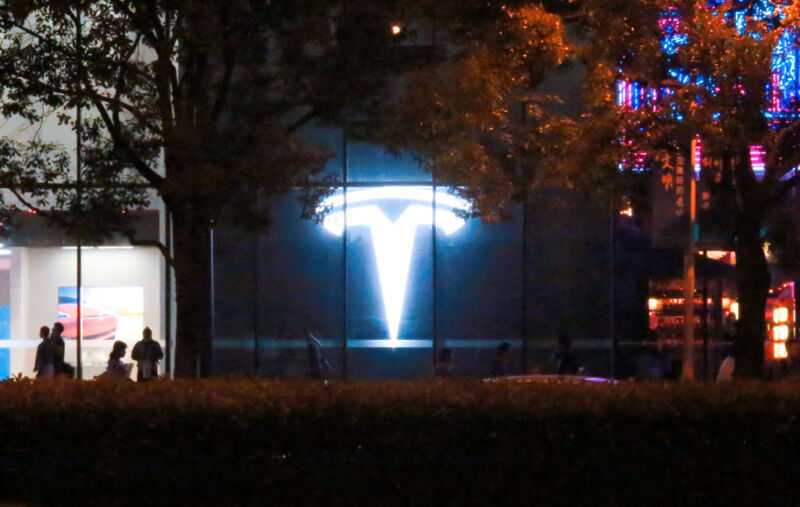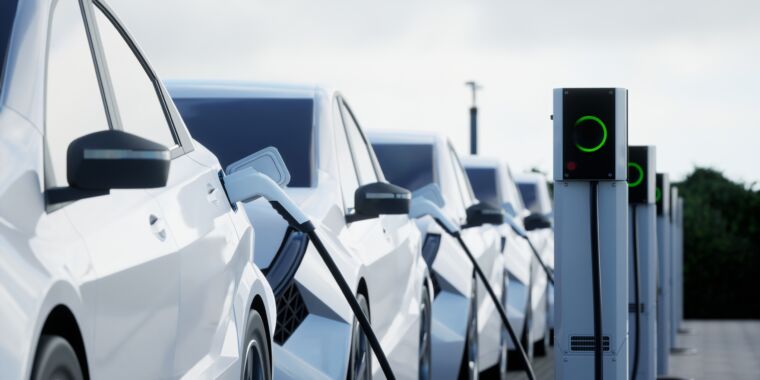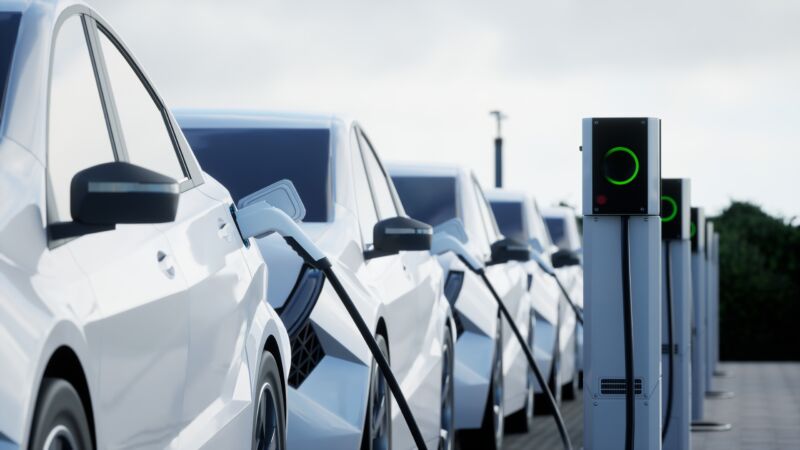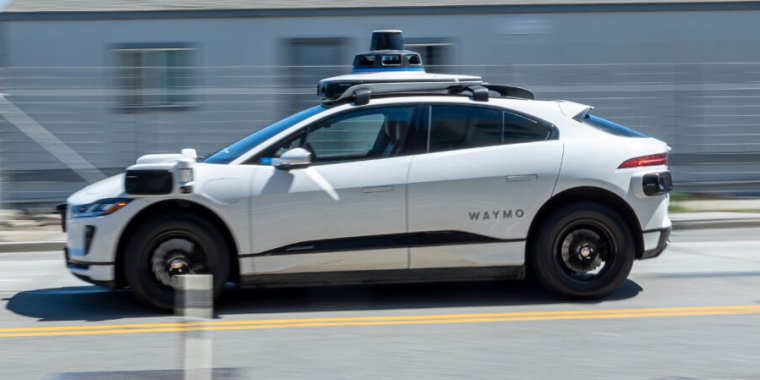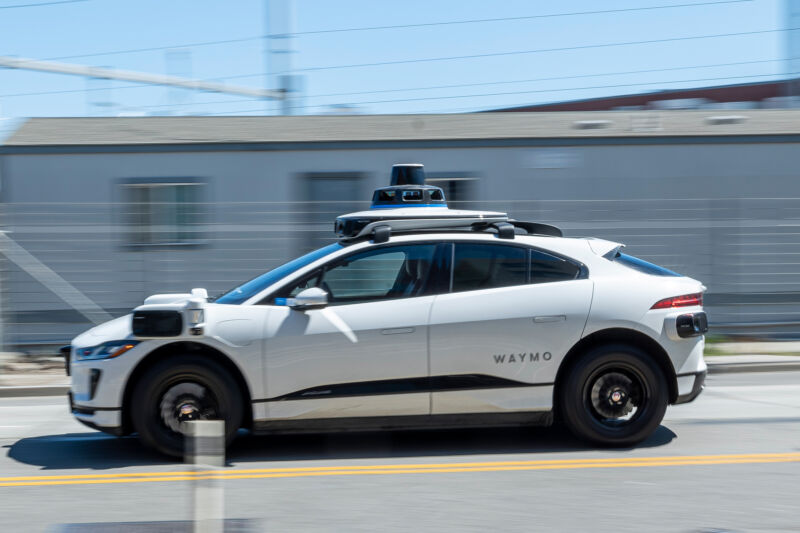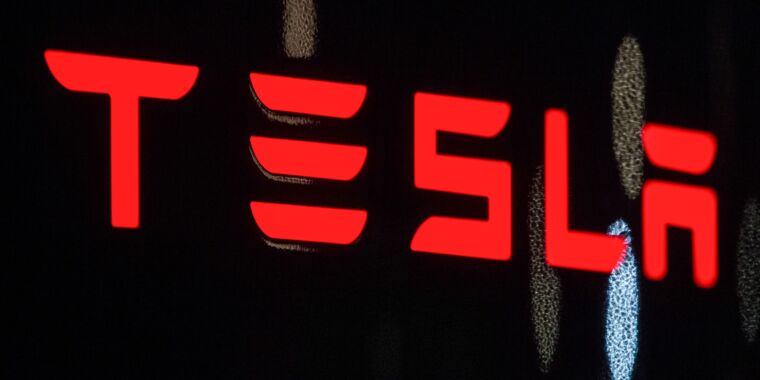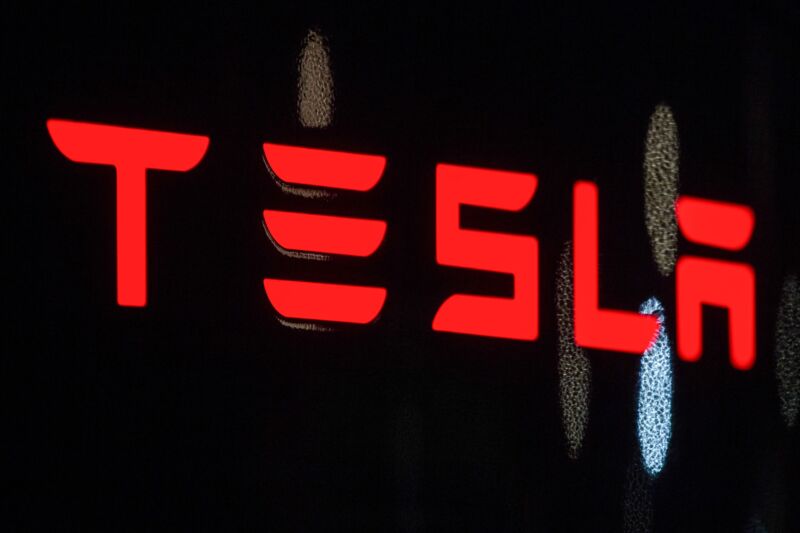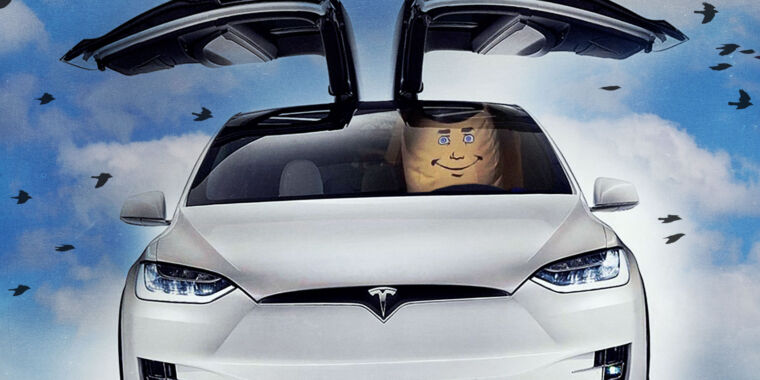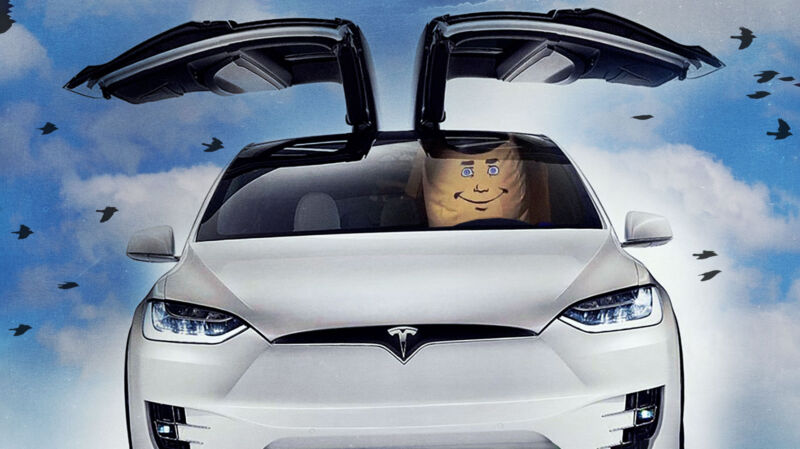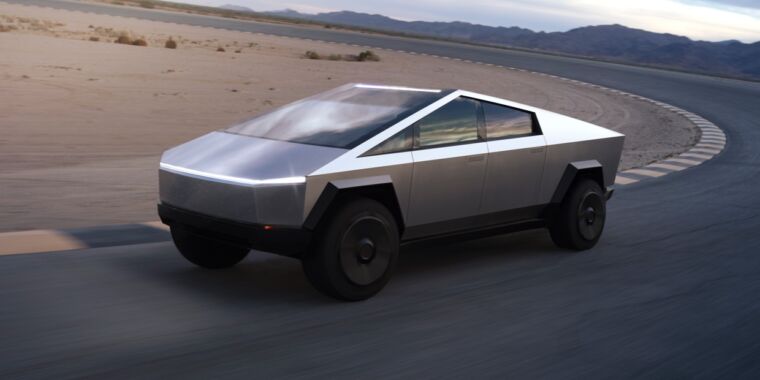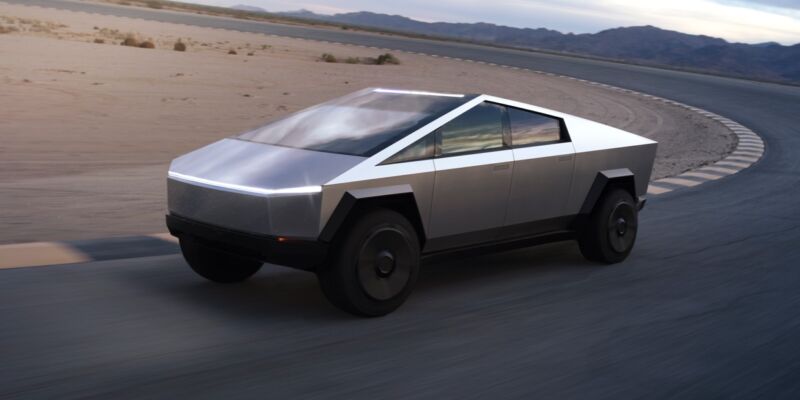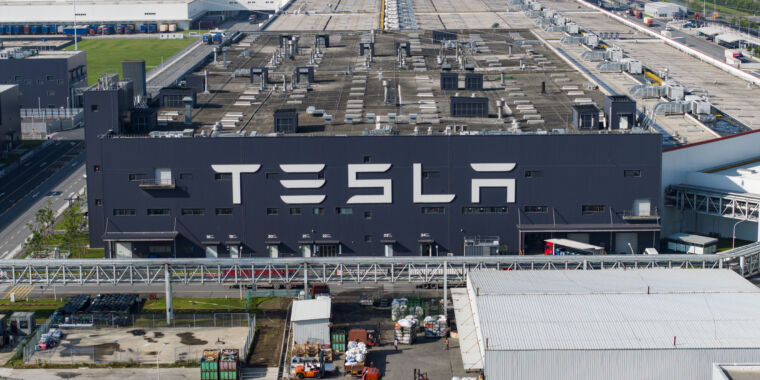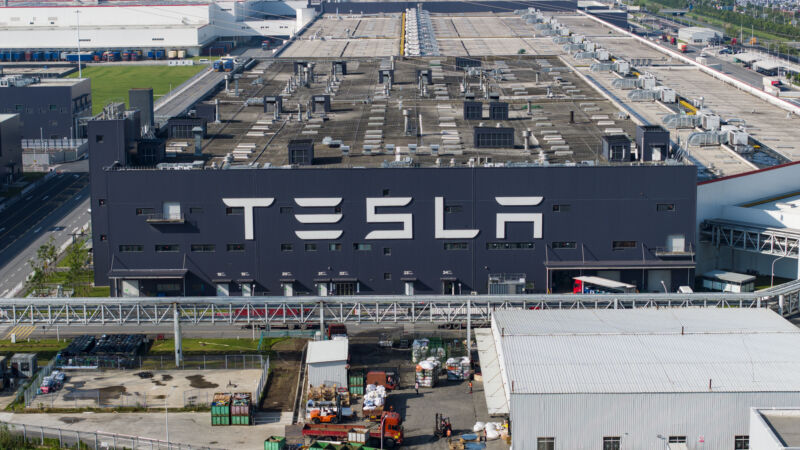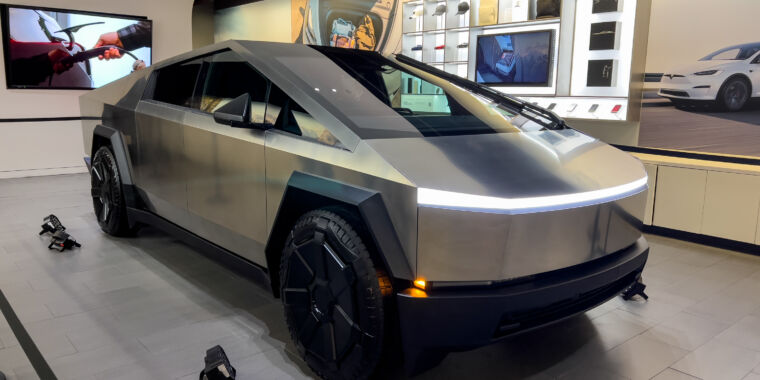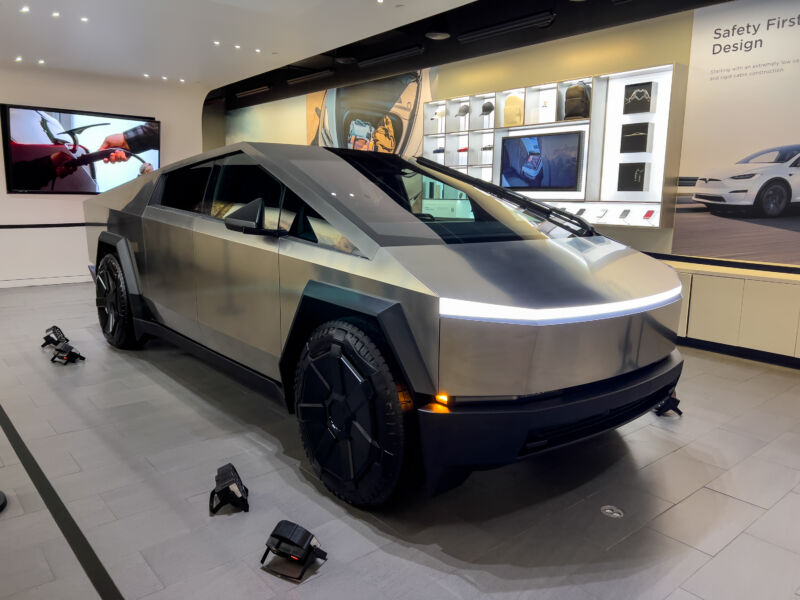Elon Musk claims he is training “the world’s most powerful AI by every metric”
the biggest, most powerful —
One snag: xAI might not have the electrical power contracts to do it.
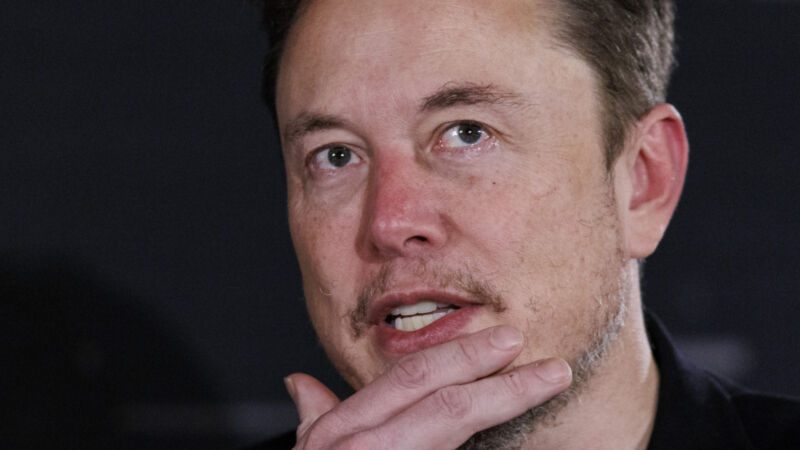
Enlarge / Elon Musk, chief executive officer of Tesla Inc., during a fireside discussion on artificial intelligence risks with Rishi Sunak, UK prime minister, in London, UK, on Thursday, Nov. 2, 2023.
On Monday, Elon Musk announced the start of training for what he calls “the world’s most powerful AI training cluster” at xAI’s new supercomputer facility in Memphis, Tennessee. The billionaire entrepreneur and CEO of multiple tech companies took to X (formerly Twitter) to share that the so-called “Memphis Supercluster” began operations at approximately 4: 20 am local time that day.
Musk’s xAI team, in collaboration with X and Nvidia, launched the supercomputer cluster featuring 100,000 liquid-cooled H100 GPUs on a single RDMA fabric. This setup, according to Musk, gives xAI “a significant advantage in training the world’s most powerful AI by every metric by December this year.”
Given issues with xAI’s Grok chatbot throughout the year, skeptics would be justified in questioning whether those claims will match reality, especially given Musk’s tendency for grandiose, off-the-cuff remarks on the social media platform he runs.
Power issues
According to a report by News Channel 3 WREG Memphis, the startup of the massive AI training facility marks a milestone for the city. WREG reports that xAI’s investment represents the largest capital investment by a new company in Memphis’s history. However, the project has raised questions among local residents and officials about its impact on the area’s power grid and infrastructure.
WREG reports that Doug McGowen, president of Memphis Light, Gas and Water (MLGW), previously stated that xAI could consume up to 150 megawatts of power at peak times. This substantial power requirement has prompted discussions with the Tennessee Valley Authority (TVA) regarding the project’s electricity demands and connection to the power system.
The TVA told the local news station, “TVA does not have a contract in place with xAI. We are working with xAI and our partners at MLGW on the details of the proposal and electricity demand needs.”
The local news outlet confirms that MLGW has stated that xAI moved into an existing building with already existing utility services, but the full extent of the company’s power usage and its potential effects on local utilities remain unclear. To address community concerns, WREG reports that MLGW plans to host public forums in the coming days to provide more information about the project and its implications for the city.
For now, Tom’s Hardware reports that Musk is side-stepping power issues by installing a fleet of 14 VoltaGrid natural gas generators that provide supplementary power to the Memphis computer cluster while his company works out an agreement with the local power utility.
As training at the Memphis Supercluster gets underway, all eyes are on xAI and Musk’s ambitious goal of developing the world’s most powerful AI by the end of the year (by which metric, we are uncertain), given the competitive landscape in AI at the moment between OpenAI/Microsoft, Amazon, Apple, Anthropic, and Google. If such an AI model emerges from xAI, we’ll be ready to write about it.
This article was updated on July 24, 2024 at 1: 11 pm to mention Musk installing natural gas generators onsite in Memphis.
Elon Musk claims he is training “the world’s most powerful AI by every metric” Read More »


